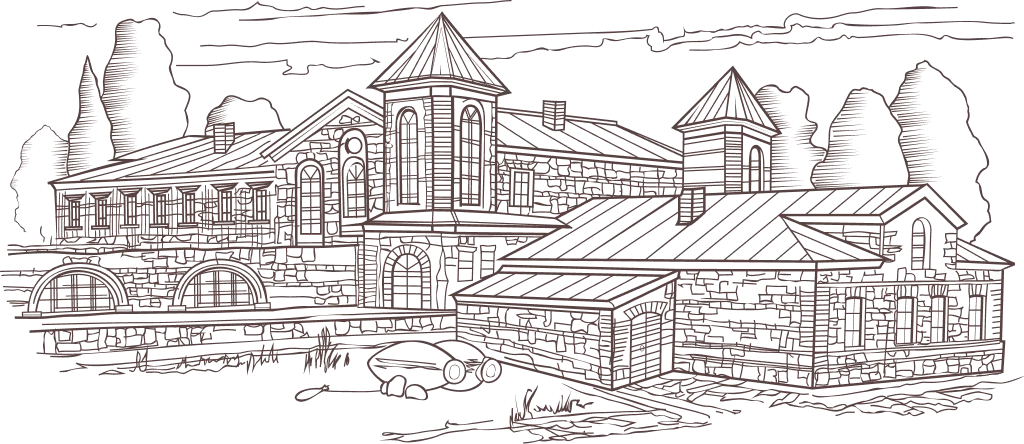Chateau Zegaani
200 Years of Trust in Nature’s Way
The history of Chateau Zegaani began over two hundred years ago in the heart of Kakheti. By restoring the architectural charm of the château, we have preserved its authentic atmosphere and continued the legacy passed down through generations.
For us, winemaking means thoughtful cultivation of the land, careful consideration of natural conditions, and respect for time-honored traditions. We embrace a sustainable approach, creating wines in harmony with nature and the heritage of where they originate.

Terroir
The Tatulashvili family vineyards are located on the northern slope of the Tsiv-Gombori ridge, within the Zegaani microzone, on an 18-degree incline. This position ensures good ventilation, preventing moisture accumulation following heavy rainfall.
Limestone-clay soils retain essential moisture, promoting even vine growth. The contrast between warm days and cool nights helps maintain a balance of ripeness and freshness in the grapes. Saperavi grapes are cultivated organically across a 17-hectare area.
The Zegaani microzone is characterized by stable temperature conditions, and its limestone-clay soils offer an optimal balance of moisture retention and drainage, making them particularly suitable for cultivating Saperavi grapes. However, recent years have seen increasingly noticeable climatic fluctuations: periods of drought, sudden heavy rains, and hailstorms can threaten the harvest.
That’s why Chateau Zegaani wines are not produced annually, but only in years when weather conditions yield grapes of exceptional quality.
Today, Zegaani wines have a Protected Designation of Origin (PDO) status. All stages of wine production occur within the walls of Chateau Zegaani: grapes arrive from family-owned vineyards and undergo a lengthy and intricate transformation, gradually evolving into mature wines, acquiring character, and becoming part of the history of this unique place.
We have consciously chosen the path of organic winemaking, reflecting our family’s deep respect, care, and commitment to preserving the natural balance of the land. This means avoiding synthetic fertilizers and chemical vine treatments, following nature’s rhythms, and minimally intervening in the winemaking process. We do not employ artificial irrigation, allowing the vines to adapt naturally to seasonal conditions.
Each vine is pruned by hand, carefully considering the condition of every plant. Grapes are also hand-harvested with meticulous berry selection. For vine tying, we exclusively use dried corn stalks — they cause no harm to the plants and gradually become part of the organic soil structure. This approach preserves the varietal characteristics of Saperavi and expresses the distinctiveness of the Zegaani terroir.
Wine with a story Meant to be shared

Mukuzani 2011

Mukuzani 2013

Zegaani 2013

Zegaani 2017


